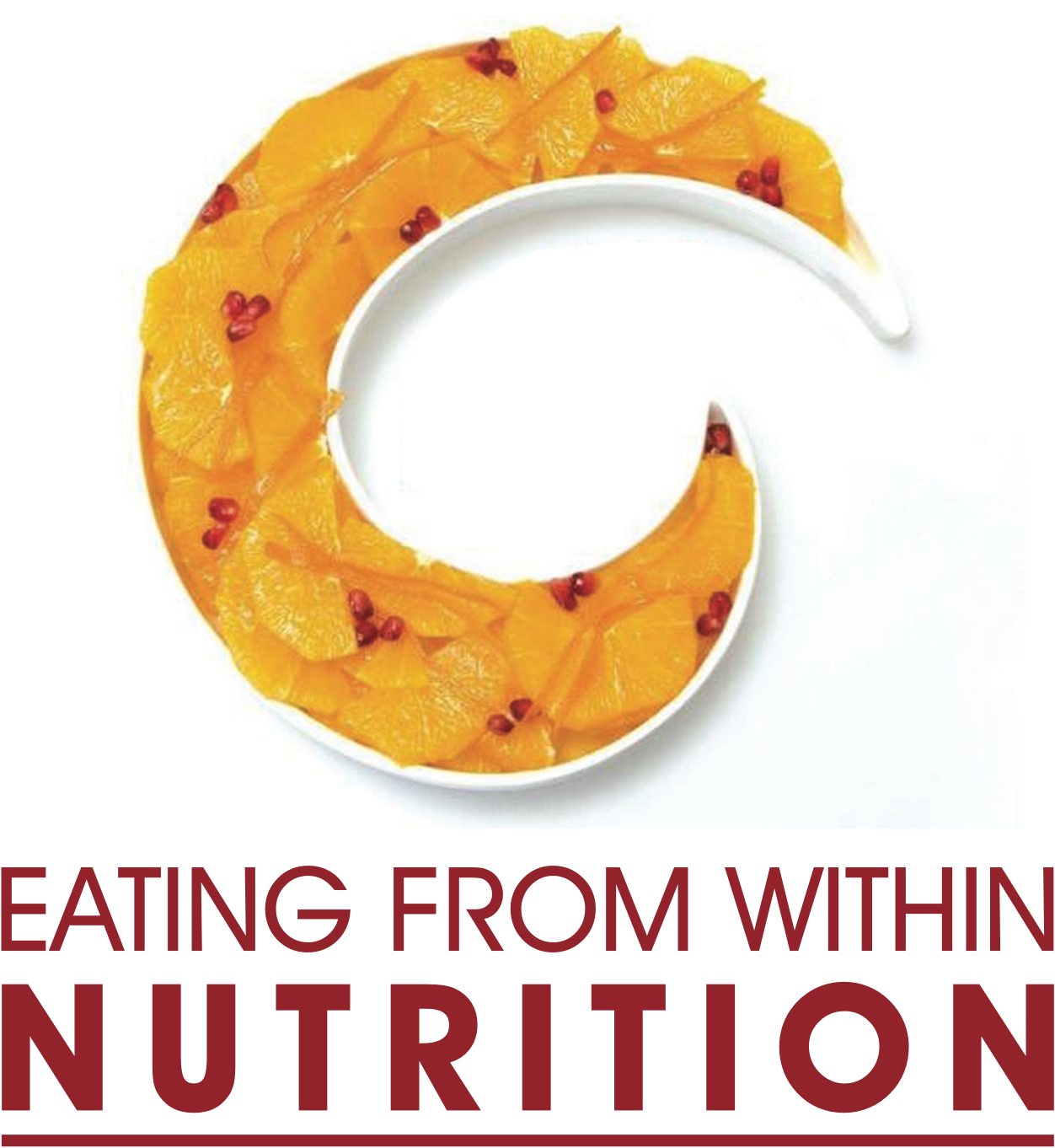We are constantly reminded to eat more seasonal vegetables, which is easy during the summer months. When fall rolls around we may be at a loss, but let’s not forget the squash family. Winter squash is abundant now and in peak of flavor. Winter squash is an excellent source of potassium and vitamin A and also contain vitamin C, folic acid, pantothenic acid and copper. A half-cup of cooked winter squash has about 40 calories and 3 grams of fiber.
Squash is related to the melon and cucumber plant. There are two main categories of squash: summer and winter squash. The better known of the summer squash is the zucchini squash. Among several varieties the zucchini is the most common. It has a fragile, tender edible skin and seeds. The winter squash has a drier, orange flesh and is more fibrous and much sweeter than summer squash. The skin of winter squash is not edible. There are several varieties of winter squash. The butternut squash is most commonly utilized in everyday cooking.
Risotto is all the rage on restaurants’ menus. Below is my version of risotto. It uses butternut squash and is delicious and much healthier than what maybe found on a restaurant menu.
Butternut Squash Risotto
Makes: 8 servings
The butternut squash gives beautiful color and adds to the creamy texture. White short grain rice is ideal for risotto. Brown rice does not work well in this recipe as the bran prevents the grain from releasing its starch. To make whole grain risotto pearled barley can be substituted.
2 ½ cups butternut squash or Hubbard, cleaned and diced
1 large clove garlic, finely chopped
½ cup onion, finely chopped
2 tablespoons extra-virgin olive oil
2 tablespoons butter
1 ¾ cup Arborio rice or short grain rice
3 ½ cups beef broth plus ½ cup water heated or vegetable broth
Salt and freshly ground white pepper
1 tablespoon finely chopped parsley
4 tablespoons freshly grated Parmesan cheese
1. In a large heavy-bottomed saucepan heat oil and 1 tablespoon of butter over medium heat for 1 minute. Add squash, garlic and onion; sauté for 8-10 minutes. Add rice; stir to coat with oil. Cook 2 minutes, stirring continuously.
2. Add about 1 cup of broth and stir until absorbed. Continue adding broth about half cup at a time and continuously stirring until it is absorbed. Continue this process until rice is cooked, about 20 minutes. The squash will start to disintegrate, as it should. Toward the end of the cooking process add broth in smaller amounts so that when rice is cooked not much liquid is present. It should be quite creamy when ready. Stir in the remaining butter, parsley, Parmesan cheese, salt and pepper. Serve immediately with extra grated Parmesan.
Tip: Risotto is a cooking technique; hot liquid is added gradually to help release starch from the grain resulting in a creamy texture. Adding different ingredients to the usual base of butter or oil and onions can vary the risotto. Additions can be shellfish, ground or diced meats, most vegetables and herbs.




